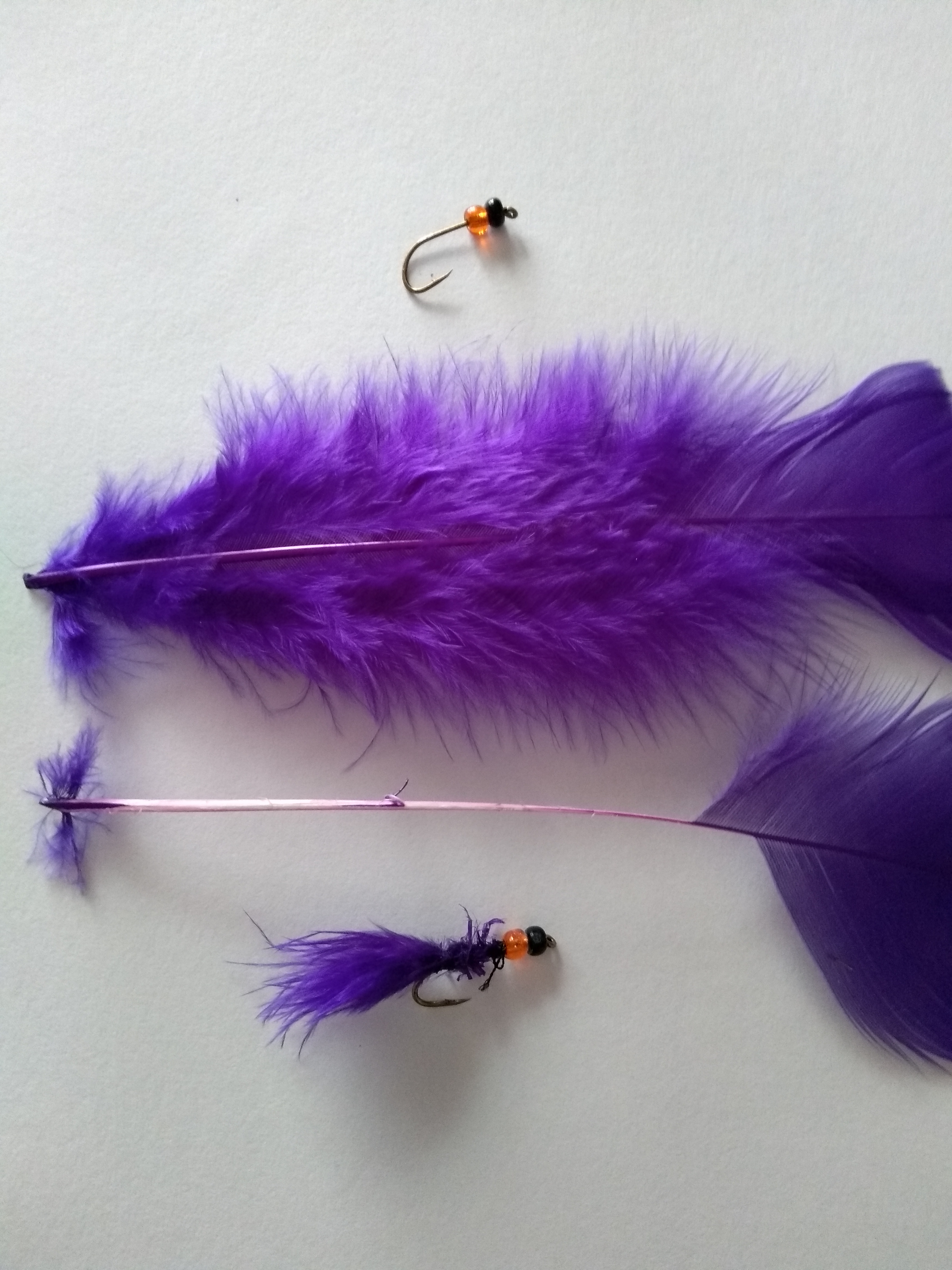Shaun has recently been to UK fishing in the Lake District. He extracted some tips that would be quite relevant here. One day I’ll assemble all the tips that people have offered to Burley Line and pop them in this category.

If you’re interested, this trip we fished Lough Corrib, Stocks Reservoir, and the Lake District, where I picked up my first grand slam (Trout, Pike, Redfin) near Lake Windermere. The following are a handful of observations that I picked up this time round.
When fishing at home it’s common to see a three fly setup with increasingly lighter tipper at each fly. Level leaders seem more common in Britain, and the locals were using some of the newer Japanese fluorocarbons in 0.25mm at around 18lb. These leaders are plenty stiff and even with my casting skills, unfurl nicely with the droppers rarely tangling. On the subject of droppers, one of our fellow fishers showed me a technique that I’m definitely trying at home. When you setup at the beginning of the day, you build your leader with the usual three section, two triple surgeon knot rigs. When during the course of a day’s fishing your droppers start getting short, or there’s a tangle that’s beyond help, you cut the dropper close to the knot, and then attach a new dropper with a blood knot, or even a perfection loop using the old knot as a stopper. I’ve even seen a knot tied above and below the old surgeons knot. When using a perfection loop the dropper will slide along the leader, and whilst I didn’t see it in practice, a missed strike with the setup can tell you which fly was hit, as the dropper will slide up snug against the stopper knot.
Flies as always are a contentious subject. Boobies in both floating and sinking forms are ever popular apart from with the purists, but unsurprisingly, the comp fishers are rarely that. Foam arsed blobs (FABs) are also in most fishers boxes, fished as an attractor in a standard sinking setup, commonly with a Damsel that’s similar to a Mel’s damsel on the point, and small dark fly like a cormorant. Alternatively, because the foam variants of the FAB float well, they are used as a point fly to suspend and indicate nymphs or buzzers just under the surface on a floating line. The main change I’ve seen is in the materials used. Regular fritz is being replaced with a jelly fritz, which is translucent when wet, showing through to the thread colour. It’s a trickier material to deal with, and it’s best tied in after a brief soak, but otherwise FABs are easy to tie, and an evening’s work will supply a seasons flies. The most popular of the jelly materials are made by frozen north fishing in dozens of colours. There’s even several greens that would make potential replacements for straggle fritz on a damsel.
The other fly I was introduced to, which has yet to be named as it was an experiment by one of our fishing mates, was a beetle pattern that was simply a tapered ball of spiky black dubbing on a size 14 hook, with a ‘flashback’ made from a strip of heavy duty garbage bin liner. The fish were quite happy to take this, and it sounds like a useful ‘guide fly’ for those of us with neither the skill nor inclination to tie complex flies.
Coloured hooks also seem to be a thing now, with a bare red hook and a small dubbed thorax making for very easy buzzers.













